Miso soup, also known as miso shiru 味噌汁 is a standard component of traditional Japanese meals. You’ll find it as part of Japanese breakfast, lunch or dinners, particularly teishoku 定食 (set meal combos). Since around the 8th century of the Heian Period in Japan, miso soup has been a recipe made and eaten by the Japanese. At that time, miso was only eaten by social elites or those who were very rich, but these days it’s consumed all over Japan as a very common side dish.
Where To Get Miso Soup
Most every Japanese restaurant in Japan will serve miso soup alongside your meal’s main dish. Even at the average, fast-food Japanese restaurant in Osaka, such as Yoshinoya or Matsuya, you will be served a small bowl of miso soup as a side dish. Miso soup will have a cloudy appearance, and will often have pieces of seaweed and tofu floating inside. Though there are many variations of the dish, this will be the most common one that ends up in front of you.
It is normal to eat pieces of food floating in your miso such as tofu or meat using your chopsticks. When drinking the soup, pick up the bowl and drink from it like a cup. You can also use your chopsticks to give the soup a little stir if the cloudy paste has begun to settle.
If you want to eat miso soup at home or back in your hotel, ready-to-make packets of miso soup are available at most Japanese supermarkets. There is a wide variety available with different types of miso (white or red) and freeze-dried ingredients. You can also purchase some fresh ingredients like tofu or chopped spring onions to add yourself. Just add hot water, stir and wait a few seconds and it’s ready to eat!
How To Make Miso Soup
Although making miso soup is quite simple, there is one thing you need to be aware of if you are trying to make soup using miso paste. The recipe for miso soup contains dashi stock and miso paste. Some miso paste comes with the dashi stock already added and some does not, so you need to pay attention to the label when you buy it. In Japanese, miso paste with dashi added is labeled “dashi-iri” だし入り.
Miso paste is made fermenting soybeans with salt alongside other ingredients such as rice, fungus or barley. By fermenting the soybeans with different ingredients, different flavours can be created using the paste. White miso (which is actually more of a yellow color) tends to be milder and even slightly sweet, while red miso (which can also appear brown or even black) is stronger and more savory. Different types of miso paste are specialties from different regions of Japan, so miso soup will taste a little different wherever you go!
Here is a recipe for a classic style miso soup, but you can experiment to make it your own. For example, you could replace the fried tofu strips with silken tofu, or add some sliced Japanese vegetables like shitake or enoki mushrooms, or a thicker seaweed like wakame or konbu.
Classic Japanese Miso Soup recipe (serves 3-4)
- 3-4 Tbsp white Miso paste
- 2 scallops, diced
- 1 sheet dried seaweed (nori) cut into chunks
- Some fried tofu cut into thin strips about an inch long.
- 4 cups water
- 1.5 Tbsp bottled Dashi stock (if the miso paste contains dashi, skip this step.) You can also make your own dashi seasoning from scratch by boiling bonito (dried fish flakes) and kombu (dried kelp)
Cooking instructions:
1. Put the miso paste into a separate bowl with 3-4 Tbsp of hot water and mix until combined. It’s important not to cook the miso paste, as this will destroy the good bacteria and change the taste of the paste.
2. Combine the rest of the ingredients in a saucepan and simmer until both seaweed and fried tofu are soft. If you are using silken tofu for your recipe, don’t add it until the very end.
3. Separate the miso paste mixture into 3-4 small bowls.
4. Fill each bowl with the hot dashi/seaweed mixture, each with even amounts of tofu and scallops.
5. Garnish with a couple of more fried scallops. If you are using silken tofu for your recipe, add dice cubes to your miso soup now.
6. Serve warm.
Once you’ve learned to make miso soup, you’ll find it is a simple and delicious addition to your meals. Rich in umami flavor thanks to the miso and dashi, it is the perfect compliment to other foods. Remember, miso soup is eaten in Japan at all 3 meals, so don’t be afraid to experiment a little!
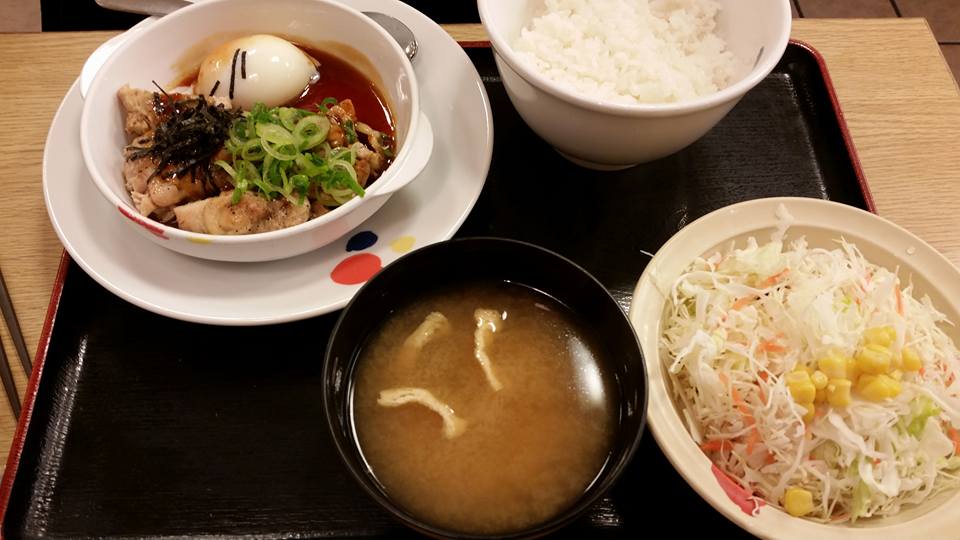
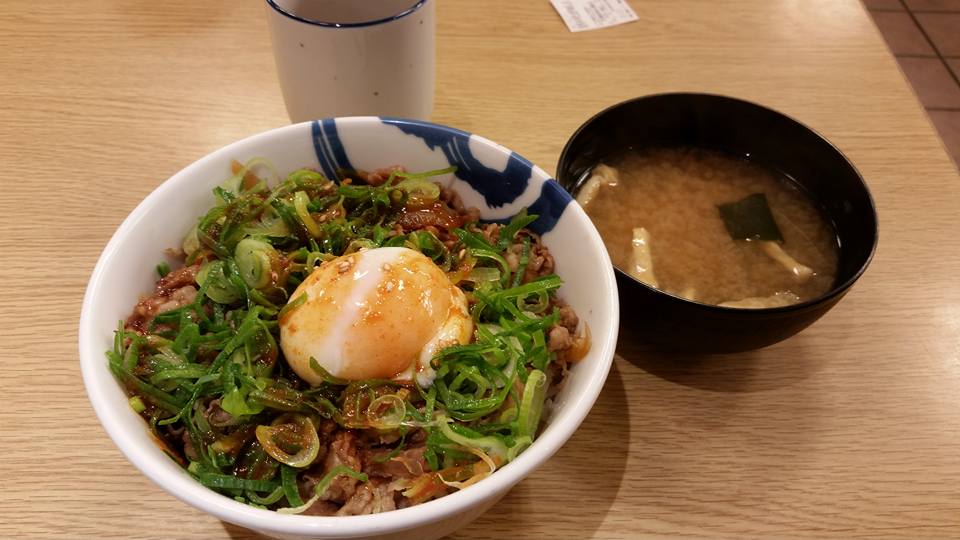
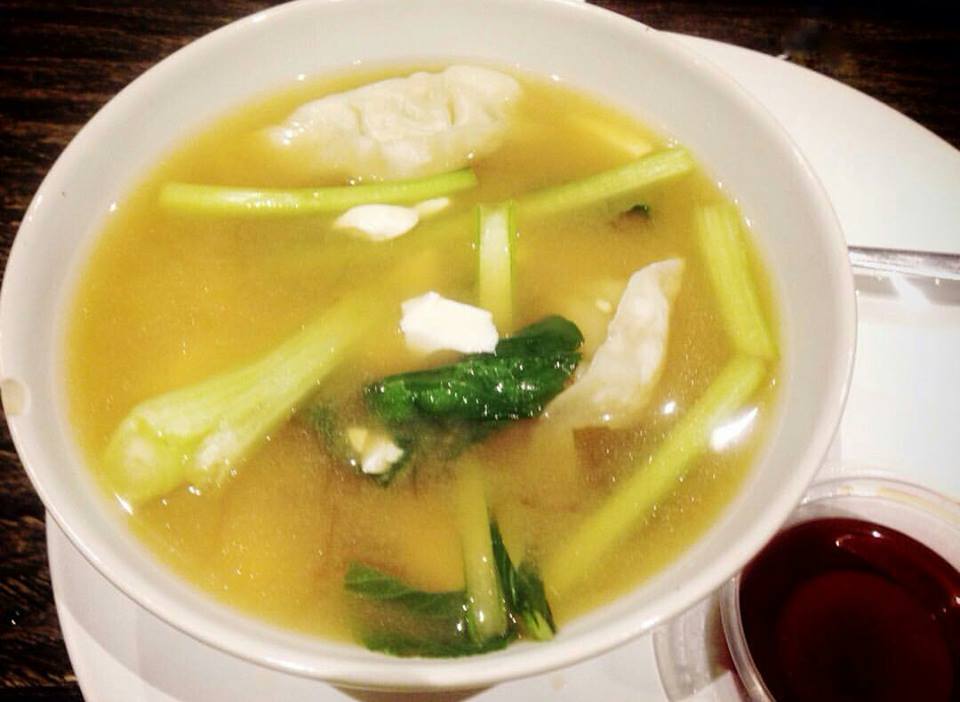
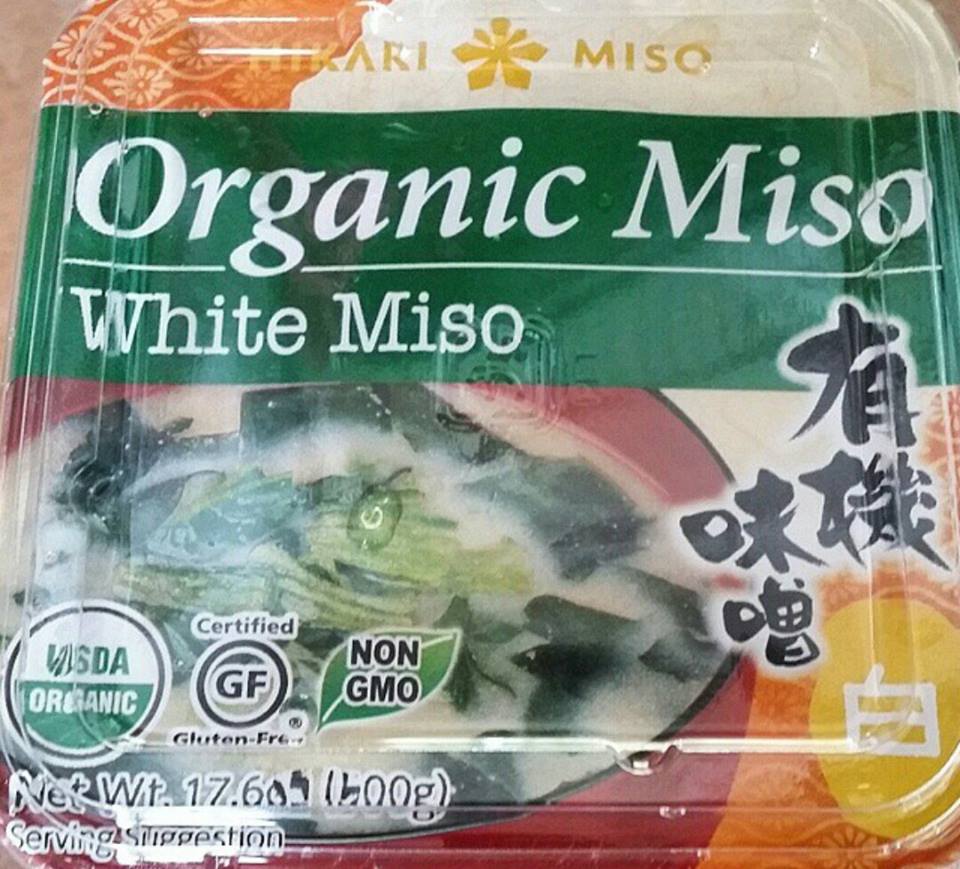
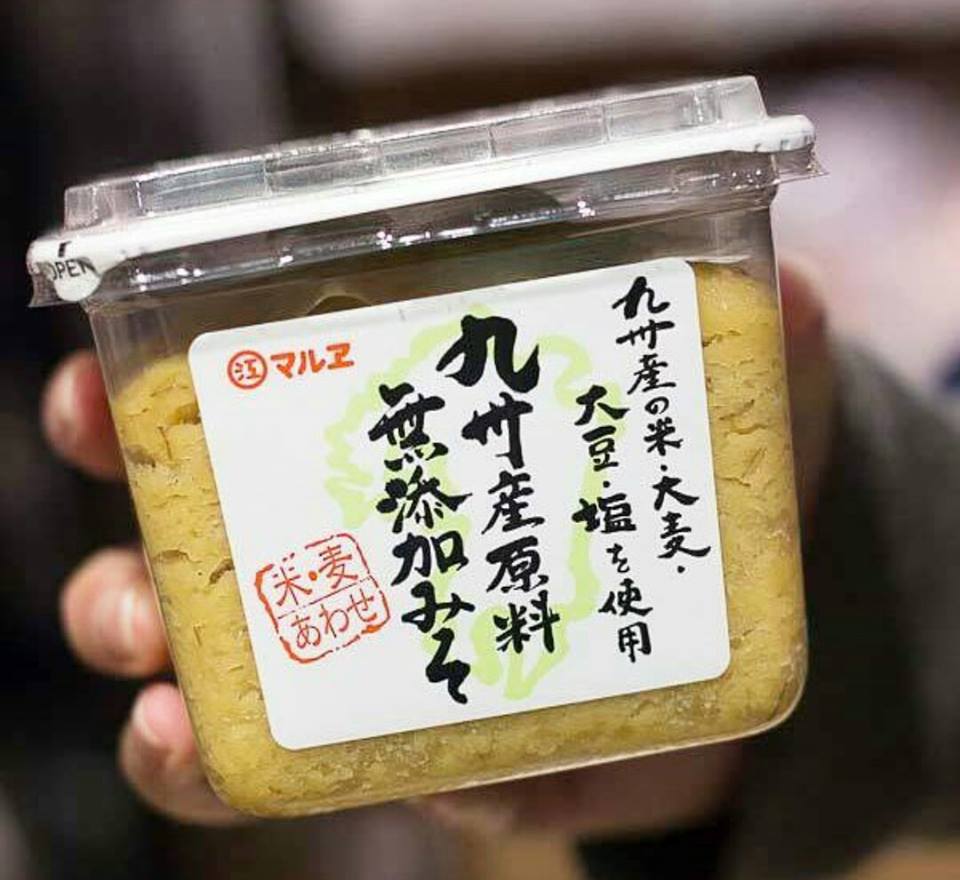
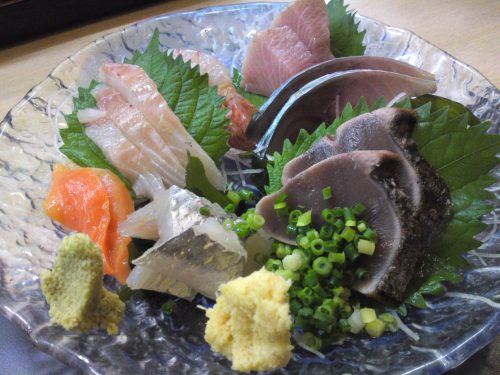
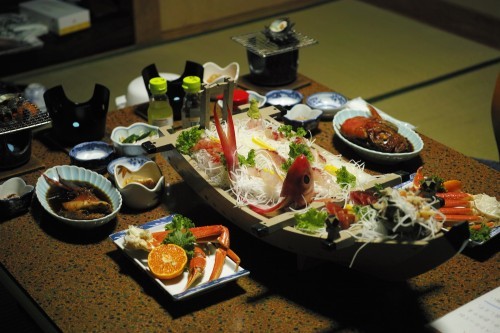


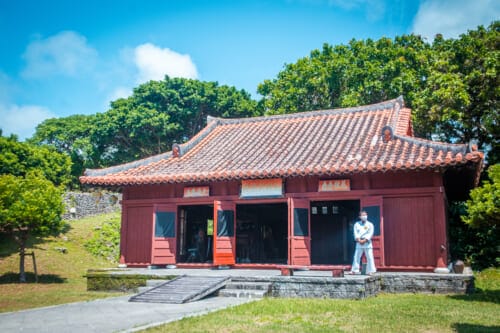


No Comments yet!